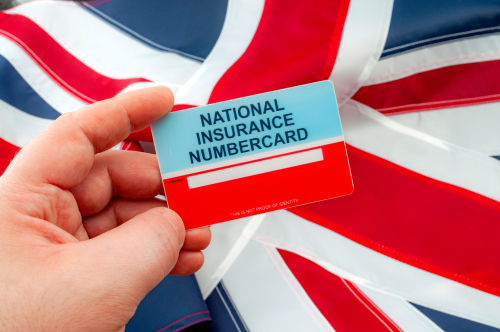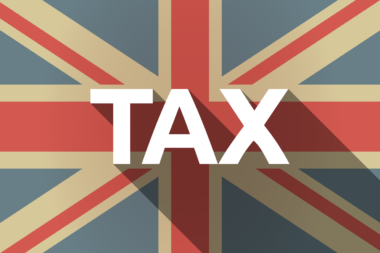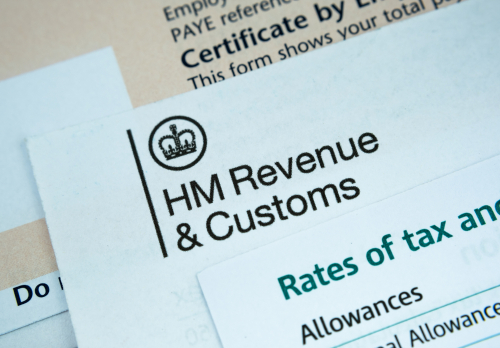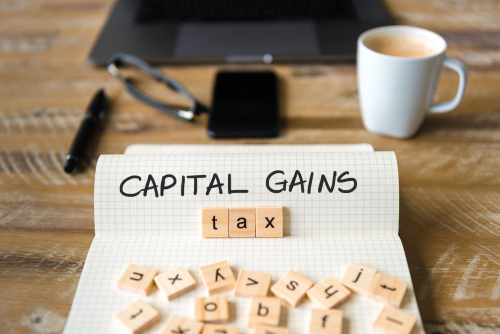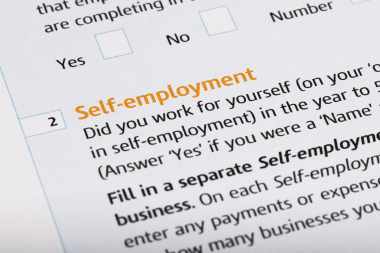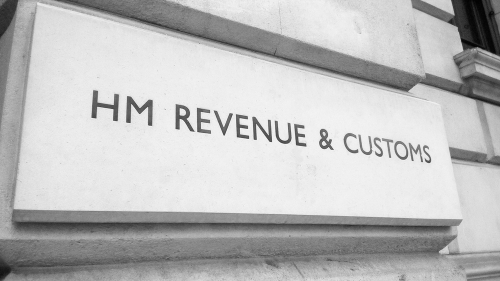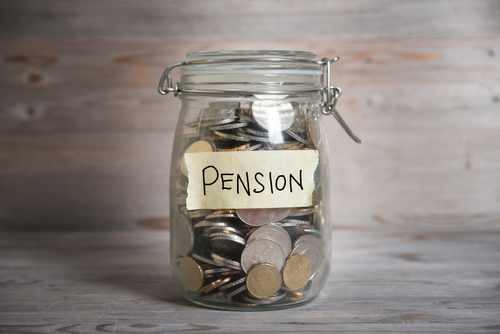
Putting money into a registered pension scheme can be tax efficient. Individuals can make contributions in their own right, or even for someone else, and employers can make contributions on their employees’ behalf (and indeed must do so under auto-enrolment). Tax relief is available on contributions up to certain limits.
Auto-enrolment
Under auto-enrolment, employers must enrol eligible employees into a registered pension scheme and make contributions on their behalf. An eligible employee is one who is between the ages of 22 and state pension age and who earns at least £10,000 a year. The total contribution to the scheme must be 8% of qualifying earnings, of which the employer must contribute at least 3%. While employees can choose to opt out of auto-enrolment, they will lose the valuable employer contributions, and as such, this is not a decision that should be made lightly.
Contributions to a personal pension scheme
Individuals can make tax-relieved contributions to a relevant pension scheme up to the lower of 100% of their earnings (or £3,600 if higher) and their available annual allowance. Tax relief is given at the contributor’s marginal rate of tax.
For 2025/26, the annual allowance is set at £60,000. However, where both threshold income (broadly income excluding pension contributions) exceeds £200,000 and adjusted net income (which includes pension contributions) exceeds £260,000, the annual allowance is reduced by £1 for every £2 by which adjusted net income exceeds £260,000 until the allowance is reduced to the minimum amount of £10,000.
Where the annual allowance is not used in full, it can be carried forward for up to three years. However, the current year’s allowance must be used before utilising those from earlier years (with allowances from earlier years being used in chronological order).
The annual allowance was set at £60,000 for 2024/25 and 2023/24 For 2022/23 it was set at £40,000 (with abatement applying where threshold income was more than £200,000 and adjusted net income was more than £240,000 until the minimum allowance of £4,000 is reached).
Individuals who have not made contributions in 2022/23 and later tax years can make tax-relieved contributions of up to £220,000 in 2025/26, earnings permitting. However, it should be remembered that high earners may have a reduced annual allowance as abatement may apply.
There is no longer any cap on lifetime tax-relieved pension savings following the removal of the former lifetime allowance. However, the maximum tax-free lump sum is capped at £268,275 where this is less than 25% of the value of the pension pot when accessed.
Once an individual has accessed their pension savings (currently an option on reaching the age of 55), they are only entitled to a lower annual allowance – the money purchase annual allowance – thereafter. For 2025/26 this is set at £10,000.
Personal and family companies
Directors of personal and family companies often only take a small salary equal to the personal allowance of £12,570 and withdraw further profits as dividends. This can limit the tax-relieved pension contributions that they are able to make, as dividends do not count as earnings, capping potential pension contributions at £12,570 a year. This problem can be overcome if the company makes employer contributions on their behalf, as while employer contributions count towards the annual allowance, they are not limited to 100% of the employee’s earnings. Making pension contributions to the director’s pension scheme can be a tax-effective way to withdraw profits from the company. The contributions are also deductible when calculating the company’s profits for corporation tax purposes.
